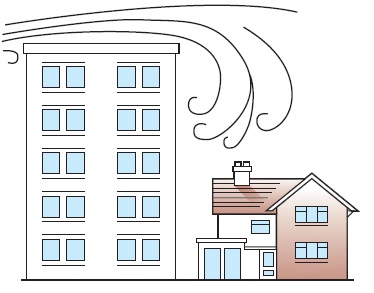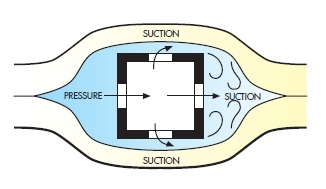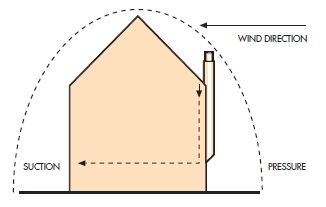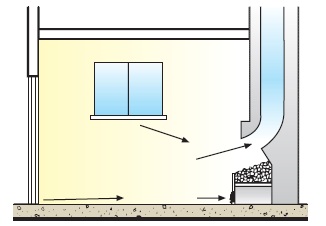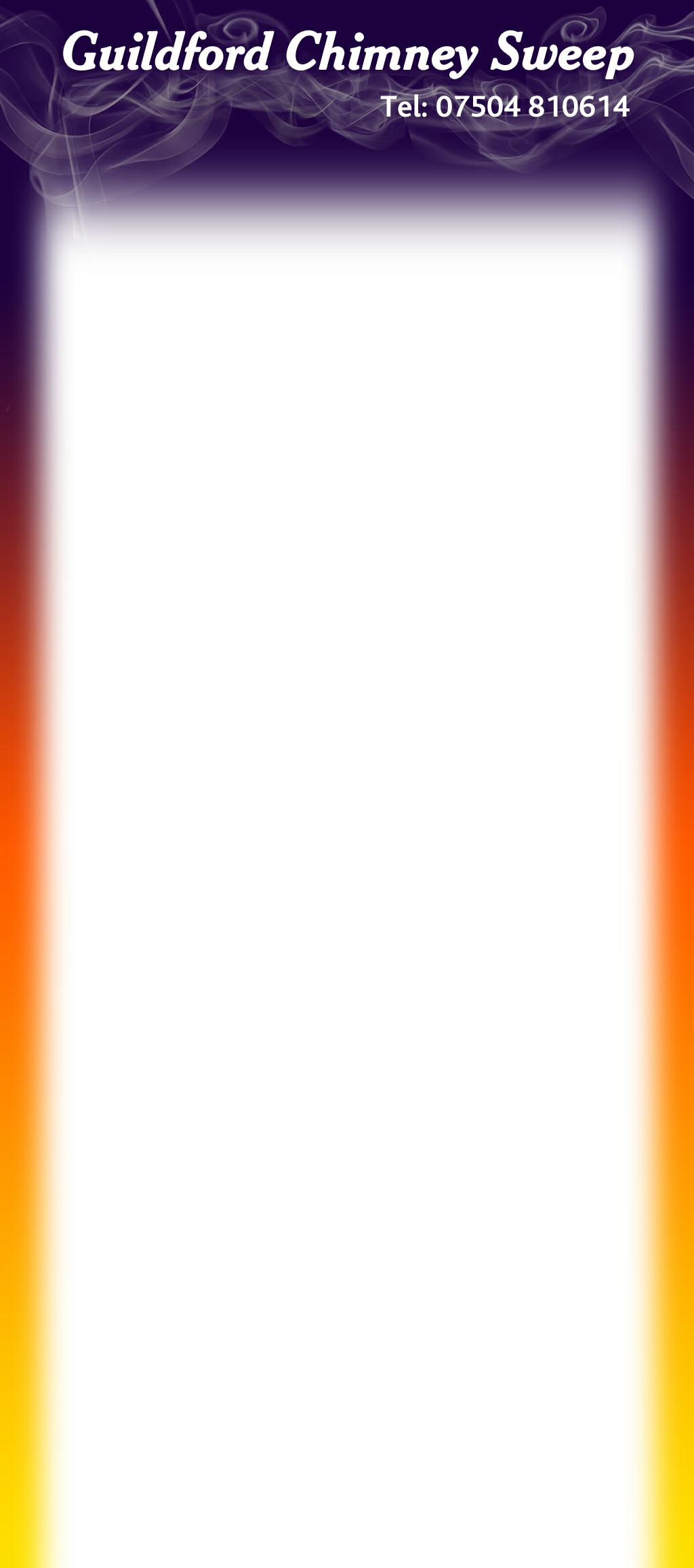
Smoking Fire Places
How a fireplace works
The up-draught or ‘pull’ in a flue results from a combination of the height of the flue and
the difference in temperature between the flue gases and the outside air. Very simply the
column of hot gases in a flue is lighter in weight than an equivalent column of cold air
outside, so the pressure inside a warm flue is less than the air pressure outside. It is this quite
small difference in pressure that creates up-draught. The warmer and taller a flue the better
the draught.
Large voids or pockets, rough surfaces and sharp bends or steep angles in a flue are
resistances to the flow of flue gases and reduce the draught.
Wind at the top of a chimney may have a positive or negative effect on draught, depending
on the surroundings and the position of the chimney top in relation to the roof.
A Smokey Fireplace
Faulty chimney draught may show itself either in a sluggish fire and general poor
performance of the appliance, but may cause the actual escape of smoke and fumes into the
room.
When smoke or fumes actually escape into the room, the more usual reasons are:
A  Insufficient draught to carry away all the smoke.
Insufficient draught to carry away all the smoke.
B  No up-draught.
No up-draught.
C  Chimney terminates in high-pressure zone.
Chimney terminates in high-pressure zone.
D  Down-draught and difficult site conditions
Down-draught and difficult site conditions
Symptom A
Some smoke or fumes, but not all, escape into the room without any sign of being blown back
by the wind. Smokiness is constant and usually occurs regardless of weather conditions,
although the wind may have some effect in either worsening or improving matters. This
usually means insufficient draught.
Symptom B
No up-draught at all, but no sign of blowing back. Usually constant and unaffected by wind
conditions.
Symptom C
Intermittent blowing back with the wind in a certain quarter. The degree of smokiness will
vary with wind strength.
Symptom D
With the wind in a certain quarter the draught stops or reverses and causes smoke emission.
The draught returns when the wind ceases or changes direction.
